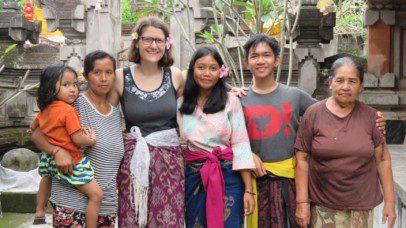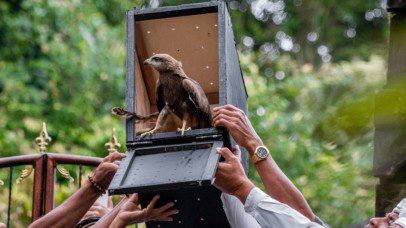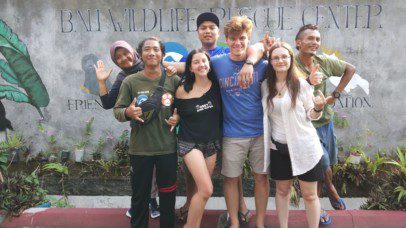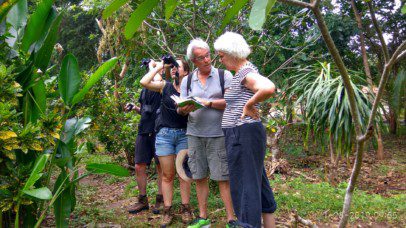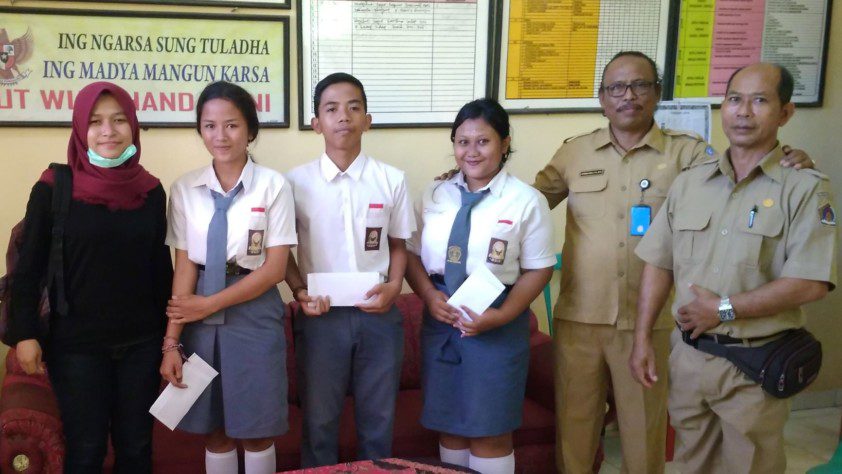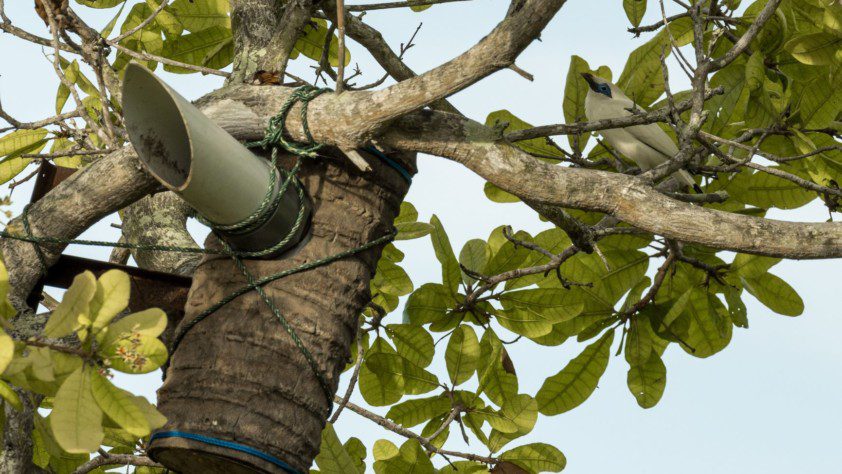WILDLIFE, CONSERVATION & COMMUNITY
For nearly three decades, our mission at Friends of Nature, People and Forests (FNPF) has been clear: safeguarding Indonesia's endangered wildlife and their habitats while improving the lives of local communities.
Today, our dedicated teams manage conservation projects at five sites across Indonesia, all made possible by the generous support of our donors and volunteers.
HOW WE HELP
Our goal is sustainable conservation that creates harmony between wildlife, the environment and communities. Our rehabilitation programs ensure rescued and cage-bred animals can survive and thrive when they are released into the wild. We also replant and restore the forests and places they call home, while persuading the communities who live nearby to protect them.
At all our sites we employ local people, providing them with the opportunity to improve their economic well-being while supporting vital conservation projects. As an award-winning non-profit, we boast a track record of cost-effective initiatives that deliver tangible and sustainable results.
Formerly known as Friends of the National Parks Foundation, we changed our name in 2024 to better reflect the depth and diversity of our impact.
VOLUNTEER
Volunteering with FNPF is the adventure of a lifetime. Join us at any one of our five conservation sites and help save Indonesia’s endangered species from extinction. You will have the chance to work alongside local people while also learning about our country’s unique culture. Every year, hundreds of volunteers from all over the world, and across Indonesia, come to spend time with us. Some stay for a few days, some a few weeks, while others are with us for months.
In the small village of Pejeng, our team works with the community to protect local wildlife and their habitat. We also support organic farming and are helping develop sustainable tourism activities to benefit local people.
Our sanctuary is a haven for endangered birds and animals living in the forest on the slopes of Mt Batukaru in central Bali. It is home to leaf monkeys, macaques and many different types of…
Volunteering at our rescue center, home to more than 40 endangered primates and birds, is a chance to gain experience in the care of animals and wildlife conservation. No qualifications or prior experience is necessary.…
Volunteering on Nusa Penida offers a unique opportunity to immerse yourself in conservation and community development projects, while living among traditional Balinese villages. Just 45 minutes by boat from Bali, this island boasts beautiful beaches,…
KEY ACHIEVEMENTS
Sanctuary
Opening two community-supported wildlife sanctuaries. Including turning Bali’s Nusa Penida island into a unique home for endangered birds
Conservation
Saving one of the world’s rarest birds, the Bali Starling, from the brink of extinction in the wild
Rehabilitation
Rehabilitating and releasing endangered species into the wild, including 200+ birds and 20 orangutans rescued from palm oil plantations
Reforestation
Planting 1.2+ million trees and reforesting 600+ hectares
Education
Running conservation education classes for students in 20+ schools
Livelihoods
Improving the well-being and livelihoods of hundreds of Indonesian people
SHOW YOUR SUPPORT
You can play a vital role in protecting Indonesia’s endangered wildlife, restoring its forests, and helping the communities who live nearby. Every day, we rely on compassionate, caring people like you to make our work possible.
